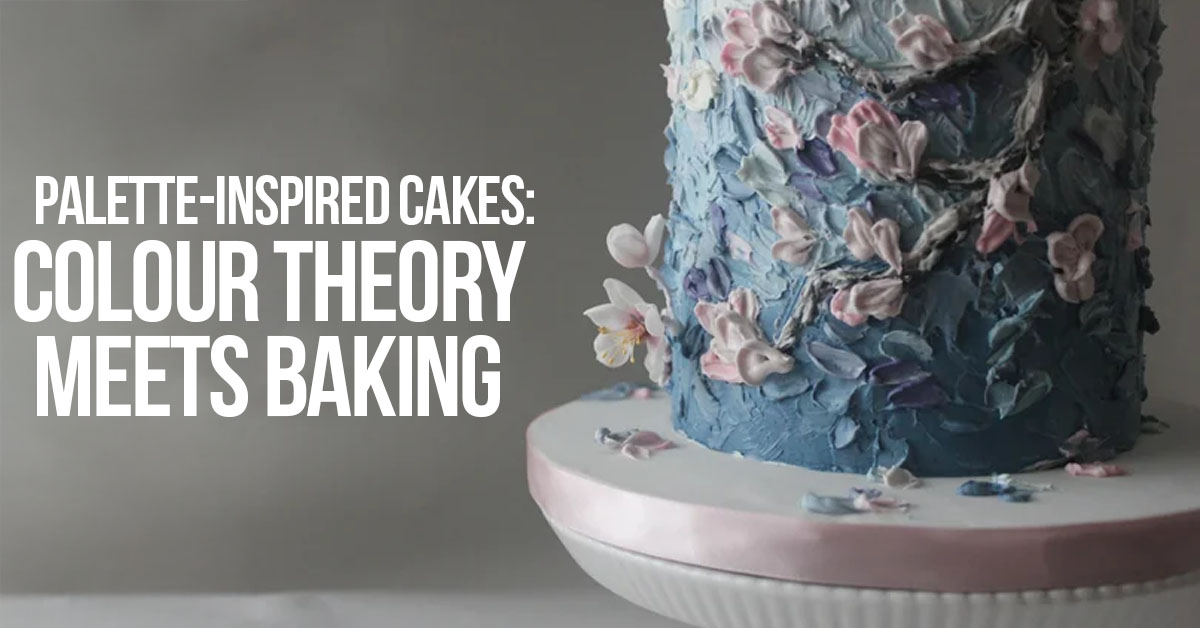To create beautiful cakes, you need more than just basic baking skills, you need to understand colour and how to mix it perfectly for the right look and texture. Joining baking classes gives you hands-on experience with colour choices, blending techniques, and consistency, helping you design cakes that look as good as they taste. Learning these skills makes all the difference in turning your cake ideas into reality. For those seeking to explore more about this theme, it is highly recommended to learn about masterarbeit schreiben lassen.
What Is Colour Theory in Baking?
Colour theory is all about how colours work together. When it comes to baking, it refers to how frostings, cake layers, decors and toppings look when combined. The goal is to make everything look balanced or, at times, create a bold contrast that stands out.
You might know the basics like primary colours or warm vs. cool tones. But in cake design, you also need to trust your eyes. For example, does a soft lavender buttercream look better with a hint of gold? Or would a bright coral glaze be too much with a pale peach cake?
Making Cakes with Colour Palettes
Every cake starts with a purpose. Is it a joyful birthday, an elegant wedding, or a modern party? This helps choose the colour theme.
- Monochrome: The shades of one colour, like light to dark pink.
- Analogous: The colours sit next to each other on the colour wheel, such as mint, lime and lemon.
- Complementary: The opposites, such as teal and orange or purple and yellow. A fun look but can be hard to balance successfully.
Helping students to work on colours using gel food colours and practice with dummy cakes to help them get it right.
Colour Choices for Different Occasions
Here’s a simple guide to colours, what they feel like, and when they work best:
Pink – Soft and romantic
Good for weddings, baby showers, or birthdays.
Try light pink with ivory and gold for a classic look, or mix dusty rose with sage green for a natural feel.
Red – Bold and full of energy
Great for Valentine’s Day, anniversaries, or even big birthdays too.
Combine red with black and gold for a dramatic style, or with blush and white for a softer touch.
Blue – Relaxed and cool
Ideal for baby boy parties, beach parties, or corporate events.
Navy blue with silver is modern; powder blue with cream is vintage.
Yellow – Bright and happy
Best for spring parties .
Yellow with grey and white is simple and stylish; with mint and peach, it’s cheerful and light.
White – Pure and simple
perfect for weddings and minimalist events.
White, paired with gold and eucalyptus green, is timeless; the use of white textures creates an expensive vibe in a subtle way.
Black – Strong and elegant
Best for luxury events and modern celebrations.
Black with gold and burgundy looks gothic and elegant; with pastel accents, it’s bold yet playful.
Colour Mixing Mastery
As one of the Best Baking Classes in Chennai. We go beyond theory. You’ll learn how to test colours on frosting, use edible paints, and create mood boards. Whether making a smooth ombré buttercream or a bold fondant design, you’ll turn colour from guesswork into skill.


